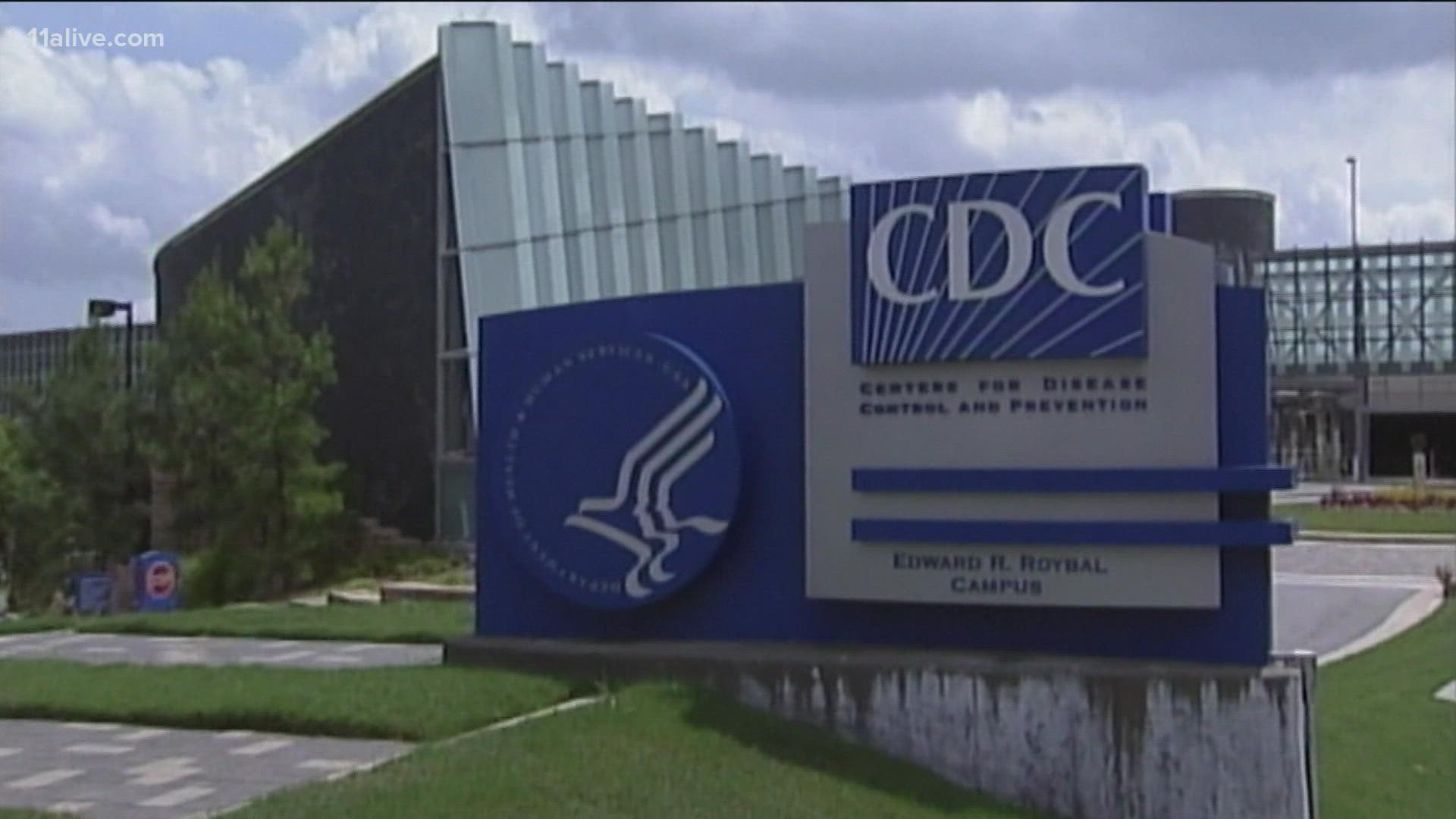ATLANTA — Melioidosis, a disease found in tropical climates such as Southeast Asia and northern Australia, has been linked to four cases in the U.S -- including a fatal one in Georgia.
According to the Centers for Disease Control and Prevention (CDC), melioidosis is an infectious disease that can infect humans or animals. It stems from bacteria found in contaminated water and soil, transmitting the infection to humans or animals that come into direct contact with the contaminated source.
Transmission
According to the CDC, animals and humans can be infected through inhalation of contaminated dust or water droplets. Drinking contaminated water, eating soil-contaminated food and contact through skin abrasions are also ways the disease transmits.
Melioidosis, also known as Whitmore's disease, rarely passes from person to person. While direct contact is the primary source, the CDC has identified tropical freshwater fish as a risk for infection.
Melioidosis symptoms
People who contract melioidosis can have a range of symptoms as there are several types of infections related to the disease. The signs of melioidosis often coincide or are mistaken with pneumonia or tuberculosis.
The time between exposure and symptoms showing is not set and can range from one day to many years. Usually, the signs appear two to four weeks after coming in contact with the disease.
Localized infection, an infection affecting one part of the body
- pain or swelling
- fever
- ulceration, formation of a break on the skin or the surface of an organ
- abscess, confined pockets of pus that collects in tissues, organs or inside the body made to fight off infection.
Lung infection
- cough
- chest pain
- high fever
- headache
- anorexia
Bloodstream infection
- fever
- headache
- difficulty breathing
- abdominal discomfort
- joint pain
- disorientation
Disseminated infection, a localized infection that spreads to other organs or areas of the body
- Fever
- weight loss
- stomach or chest pain
- muscle or joint pain
- headache
- central nervous system/brain infection
- seizures
Treatment and prevention
According to the CDC, once diagnosed, melioidosis can be treated with medicine. Treatment usually starts with an intravenous or antimicrobial therapy within the vein, lasting as little as two weeks or as long as eight weeks.
Following the internal treatment, the therapy requires a 3-6 month-long oral antimicrobial treatment. The CDC advises those who work in agriculture to wear boots, preventing infection through the feet and lower legs.
Those with open skin wounds, diabetes or chronic renal disease have an increased risk and should prevent contact with soil and still water.
While the disease is widespread in tropical climates like Southeast Asia, the U.S identifies just about a dozen cases each year. The fatal case in Georgia is linked to three other cases of melioidosis in Kansas, Texas and Minnesota. The CDC says experts believe the bacterial strains come from a common source.
The agency asks physicians to consider melioidosis if they notice any acute bacterial infection that doesn't respond to typical antibiotics. They say people should see their doctor if they're experiencing any symptoms.

